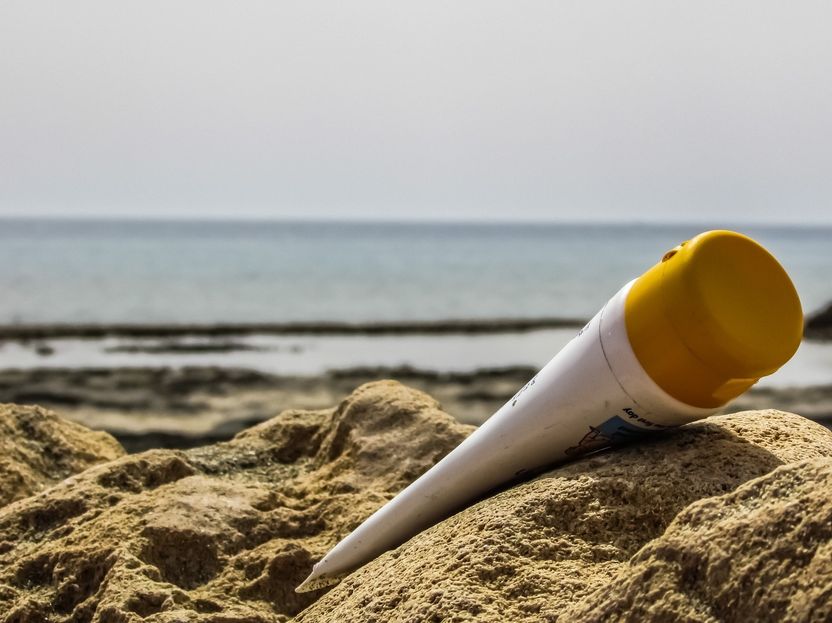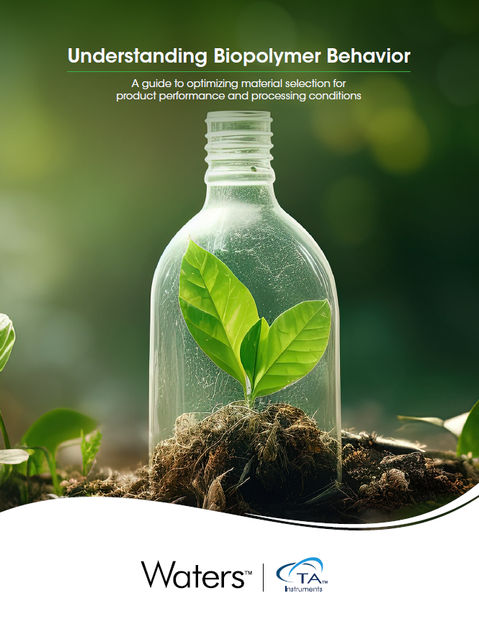How nanoparticles flow through the environment
Advertisement
carbon nanotubes remain attached to materials for years while titanium dioxide and nanozinc are rapidly washed out of cosmetics and accumulate in the ground. Researchers from the National Research Programme "Opportunities and Risks of Nanomaterials" (NRP 64) have developed a new model to track the flow of the most important nanomaterials in the environment.

dimitrisvetsikas1969, pixabay.com, CC0
How many man-made nanoparticles make their way into the air, earth or water? In order to assess these amounts, a group of researchers led by Bernd Nowack from Empa in St. Gallen has developed a computer model as part of the National Research Programme "Opportunities and Risks of Nanomaterials" (NRP 64).(*) “Our estimates offer the best available data at present about the environmental accumulation of nanosilver, nanozinc, nano-tinanium dioxide and carbon nanotubes”, says Nowack.
Cosmetics and tennis racquets
In contrast to the static calculations hitherto in use, their new, dynamic model does not just take into account the significant growth in the production and use of nanomaterials, but also makes provision for the fact that different nanomaterials are used in different applications. For example, nanozinc and nano-titanium dioxide are found primarily in cosmetics. Roughly half of these nanoparticles find their way into our waste water within the space of a year, and from there they enter into sewage sludge. Carbon nanotubes, however, are integrated into composite materials and are bound in products such as which are immobilized and are thus found for example in tennis racquets and bicycle frames. It can take over ten years before they are released, when these products end up in waste incineration or are recycled.
39,000 metric tons of nanoparticles
The researchers involved in this study come from Empa, ETH and the University of Zurich. They use an estimated annual production of nano-titanium dioxide across Europe of 39,000 metric tons – considerably more than the total for all other nanomaterials. Their model calculates how much of this enters the atmosphere, surface waters, sediments and the earth, and accumulates there. In the EU, the use of sewage sludge as fertiliser (a practice forbidden in Switzerland) means that nano-titanium dioxide today reaches an average concentration of 61 micrograms per kilo in the affected ground.
Knowing the degree of accumulation in the environment is only the first step in the risk assessment of nanomaterials, however. Now this data has to be compared with ecotoxicological test results and the statutory thresholds, says Nowack. A risk assessment has not been carried out with his new model until now. Earlier work with data from a static model showed, however, that the concentrations determined for all four nanomaterials investigated is not expected to have any impact on the environment.(**)
But in the case of nanozinc at least, its concentration in the environment is approaching the critical level. This is why this particular nanomaterial has to be given priority in future ecotoxicological studies – even though nanozinc is produced in smaller quantities than nano-titanium dioxide. Furthermore, ecotoxicological tests have until now been carried out primarily with freshwater organisms. The researchers conclude that complementary investigations using soil-dwelling organisms is a priority.
Original publication
T. Y. Sun et al.; "Dynamic probabilistic Modelling of Environmental Emissions of Engineered Nanomaterials"; Environmental Science & Technology; 2016
C. Coll et al.; "Probabilistic environmental risk assessment of five nanomaterials (nano-TiO2, nano-Ag, nano-ZnO, CNT, and fullerenes)"; Nanotoxicology; 2016
























































